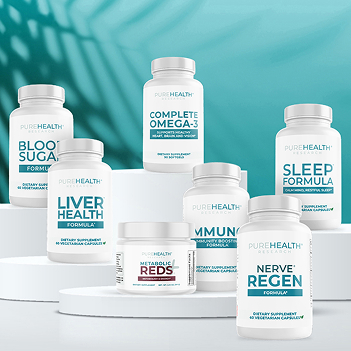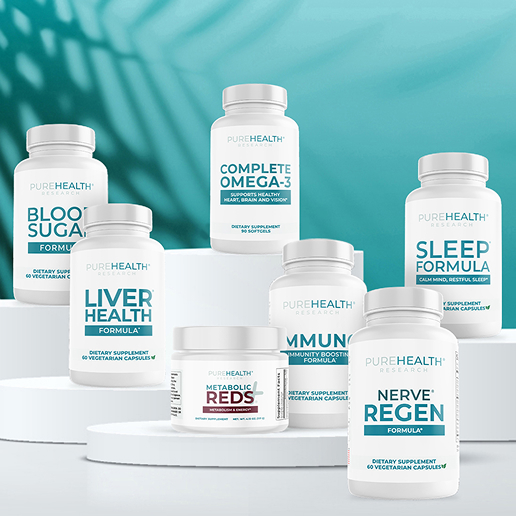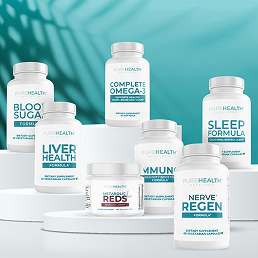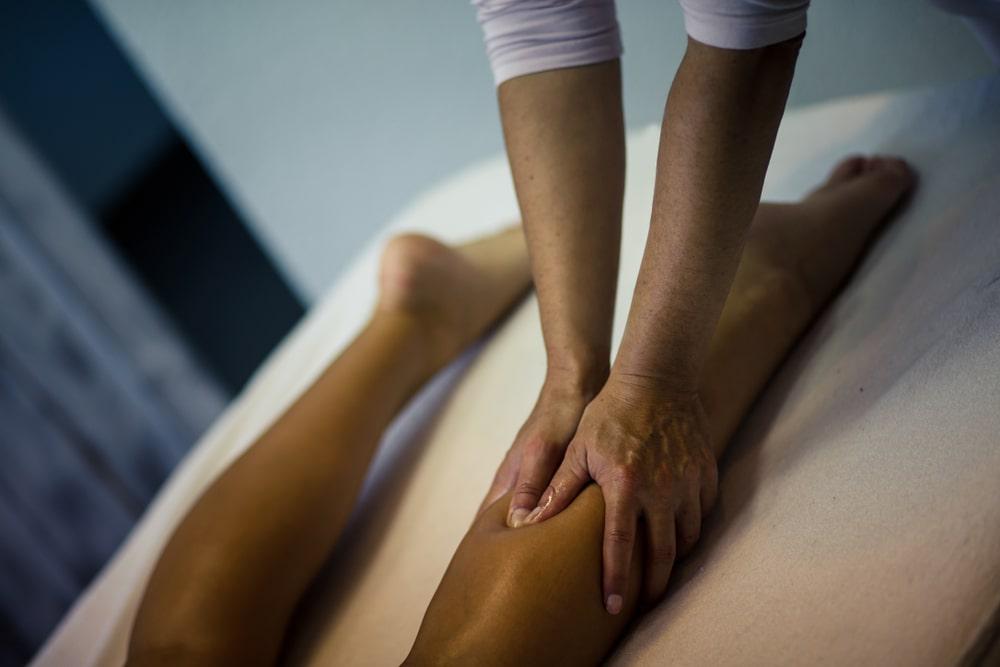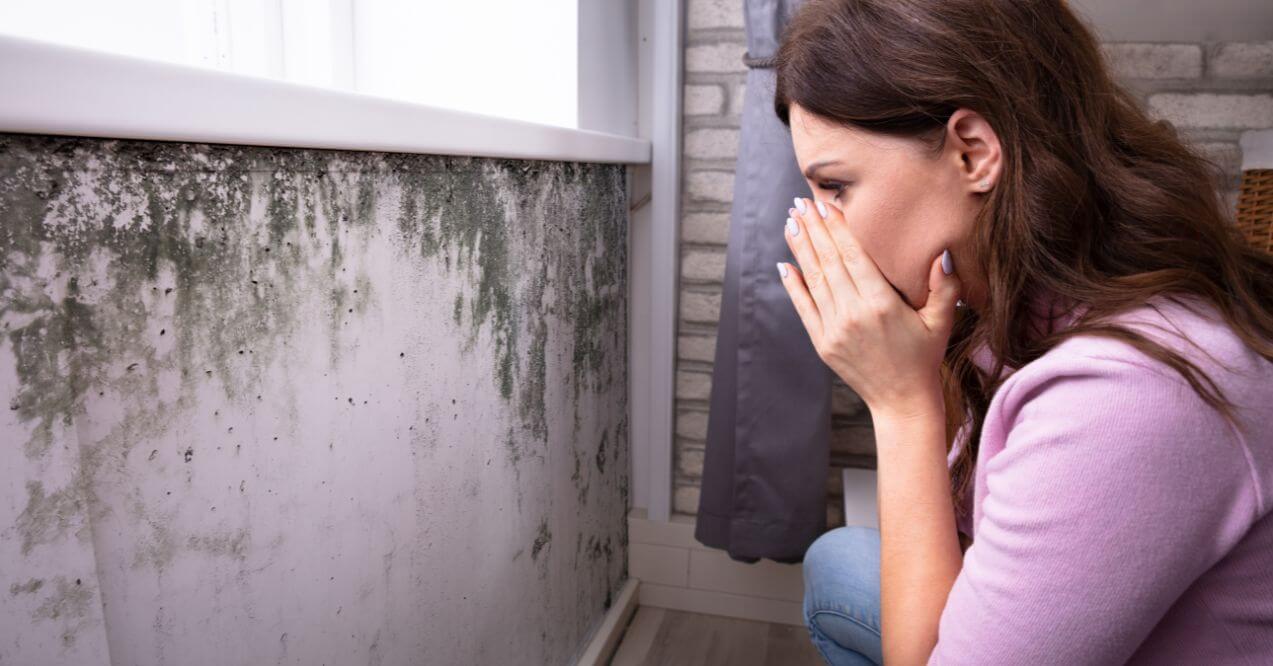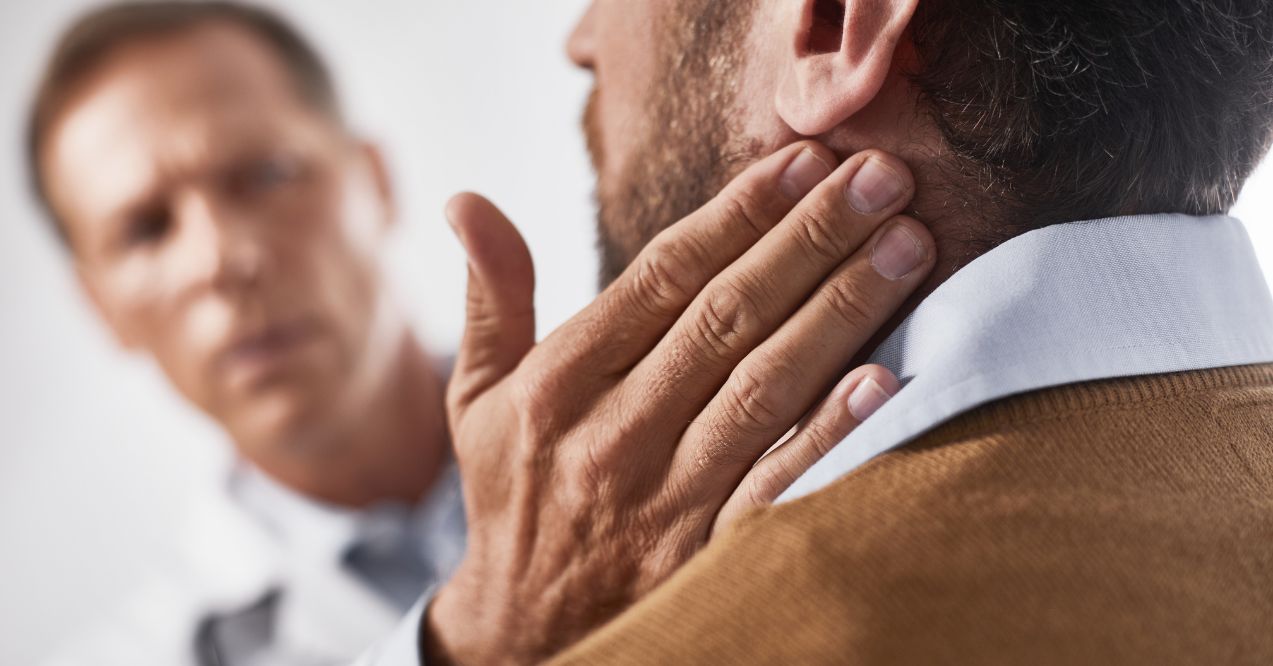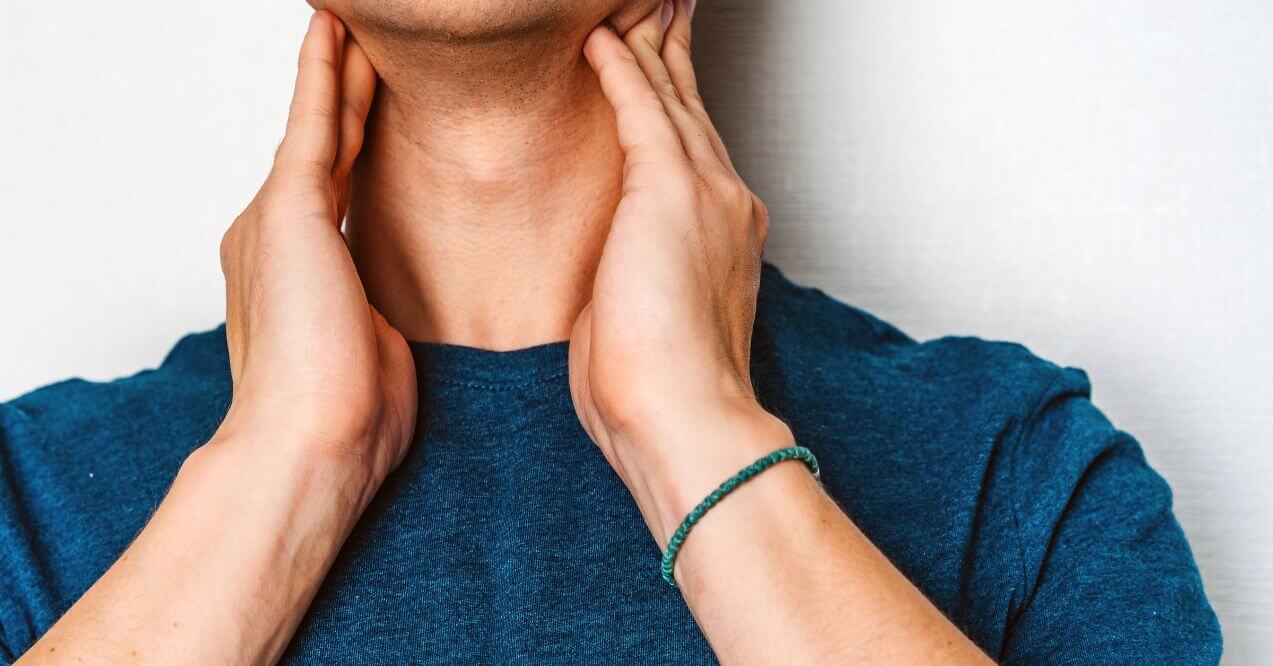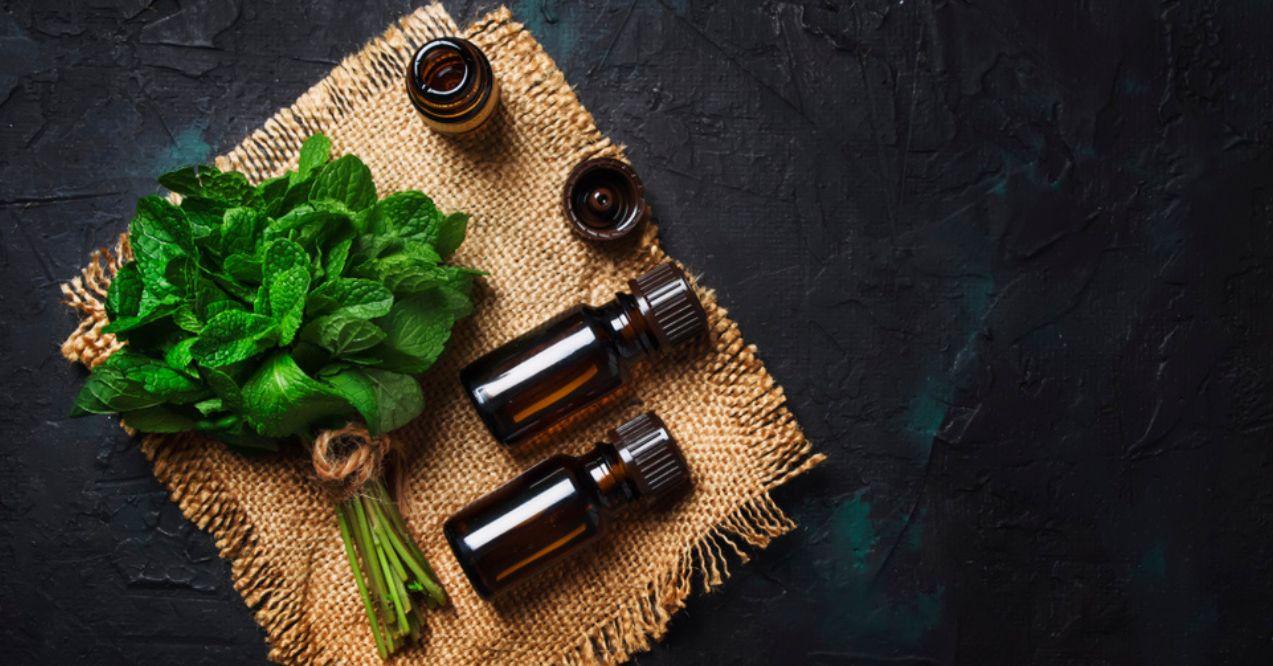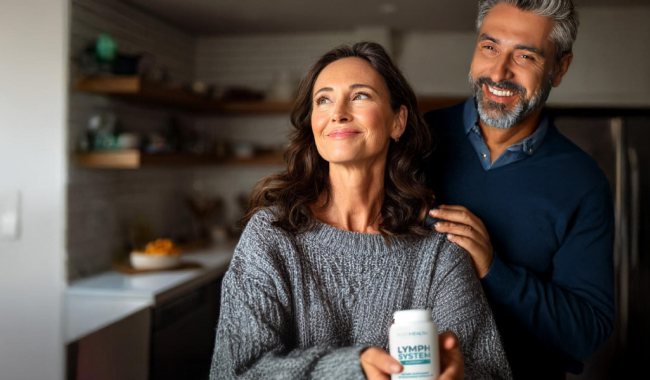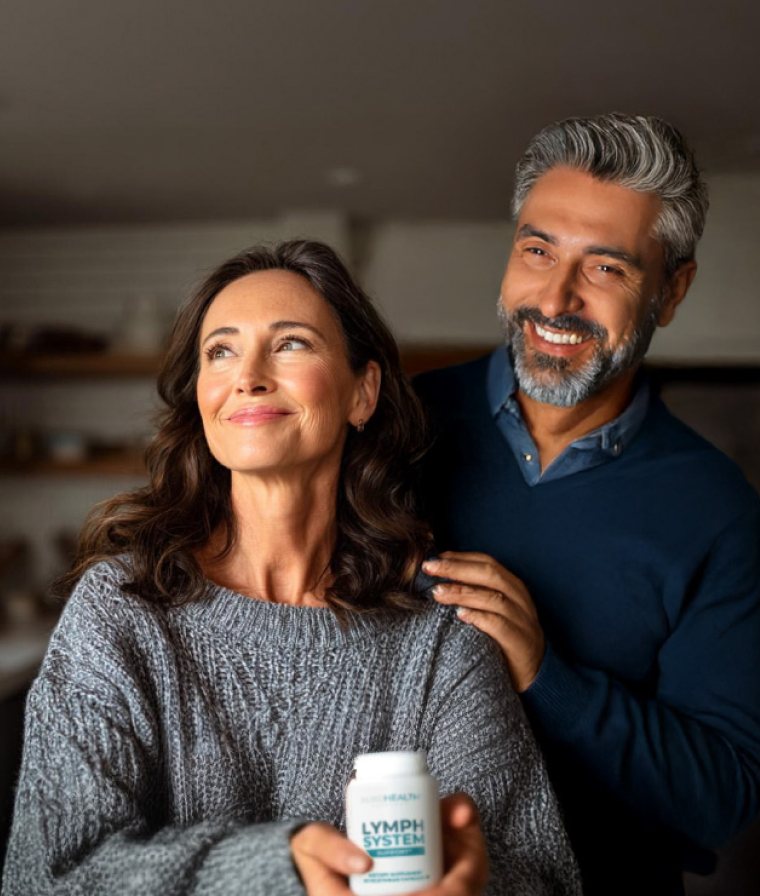Lymphedema Self-Care Tips You Can Do at Home
Take control with effective lymphedema self care strategies. Practical tips and daily routines to help you stay comfortable.
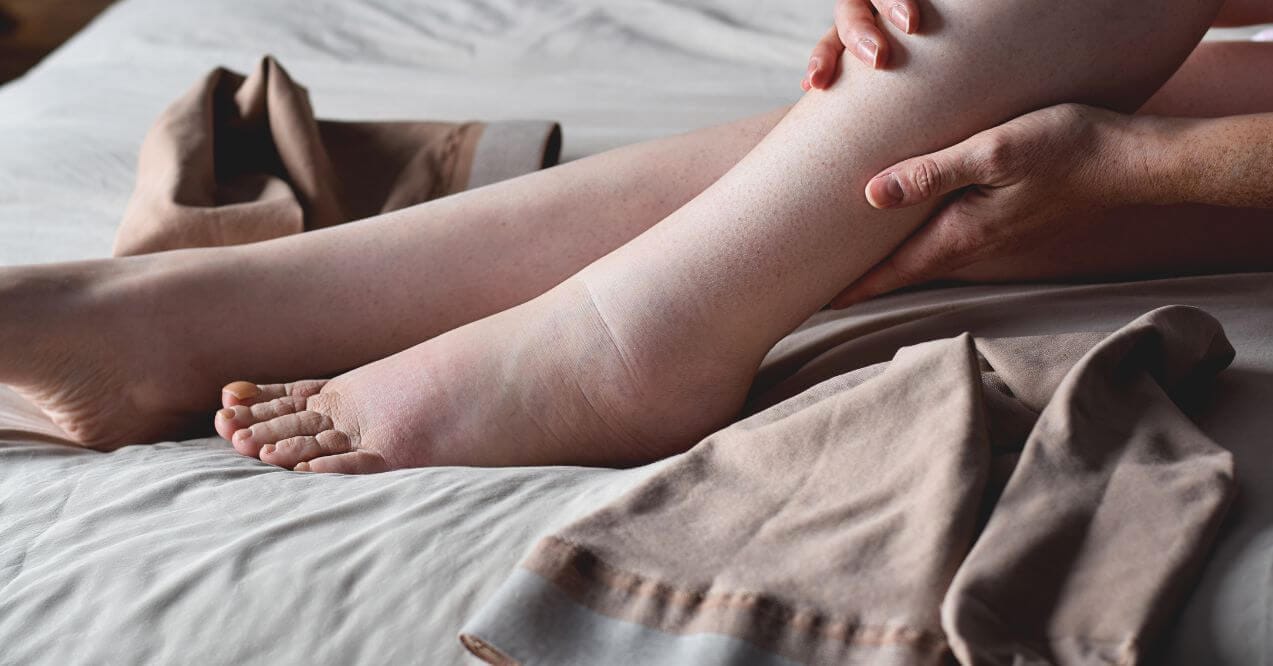

Living with lymphedema brings unique challenges, but with proper care and attention, you can maintain an active and fulfilling lifestyle. While the road ahead might seem challenging, implementing effective self-care practices can make a significant difference in your comfort and mobility.
Lymphedema self care forms the foundation of managing daily life with this condition, so this guide will help you explore practical techniques and strategies to help you take control of your well-being.
What is Lymphedema? Symptoms and Causes
Your lymphatic system acts as your body’s natural filtration network, made up of vessels and nodes that move fluid through your tissues. When functioning properly, it helps collect excess fluid and return it to your bloodstream.
Lymphedema occurs when this drainage system is disrupted. Imagine a slow-moving stream that becomes blocked—when lymph fluid can’t flow freely, it builds up in the tissues, leading to swelling, most commonly in the arms or legs, though other areas can be affected.
This condition appears in two forms:
- Primary lymphedema results from a congenital issue with the development of the lymphatic system.
- Secondary lymphedema, the more common type, develops due to damage from surgery, radiation, injury, or infection.

Recognizing the Signs of Lymphedema
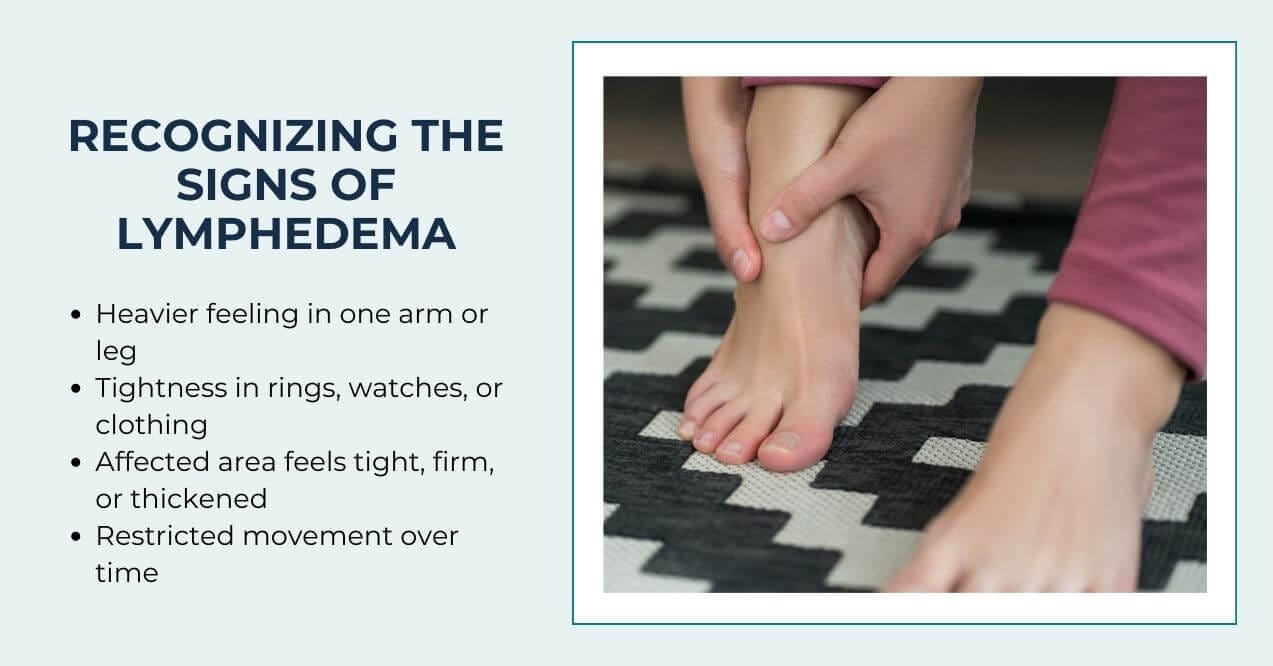
Symptoms often develop gradually. You may first notice one arm or leg feeling heavier than the other, or that your rings, watches, or clothing feel tighter. The affected area might feel tight, firm, or thickened, and movement may become more restricted over time.
As lymphedema progresses, you may experience:
- Clothing fitting differently on one side
- Tenderness in the affected area
- Skin becoming less flexible
- Increased difficulty with movement
- Changes in skin texture or appearance
- A sensation of fullness or pressure
These changes may start subtly and progress if left unaddressed, making early detection and proactive self-care essential.
What Causes Lymphedema?
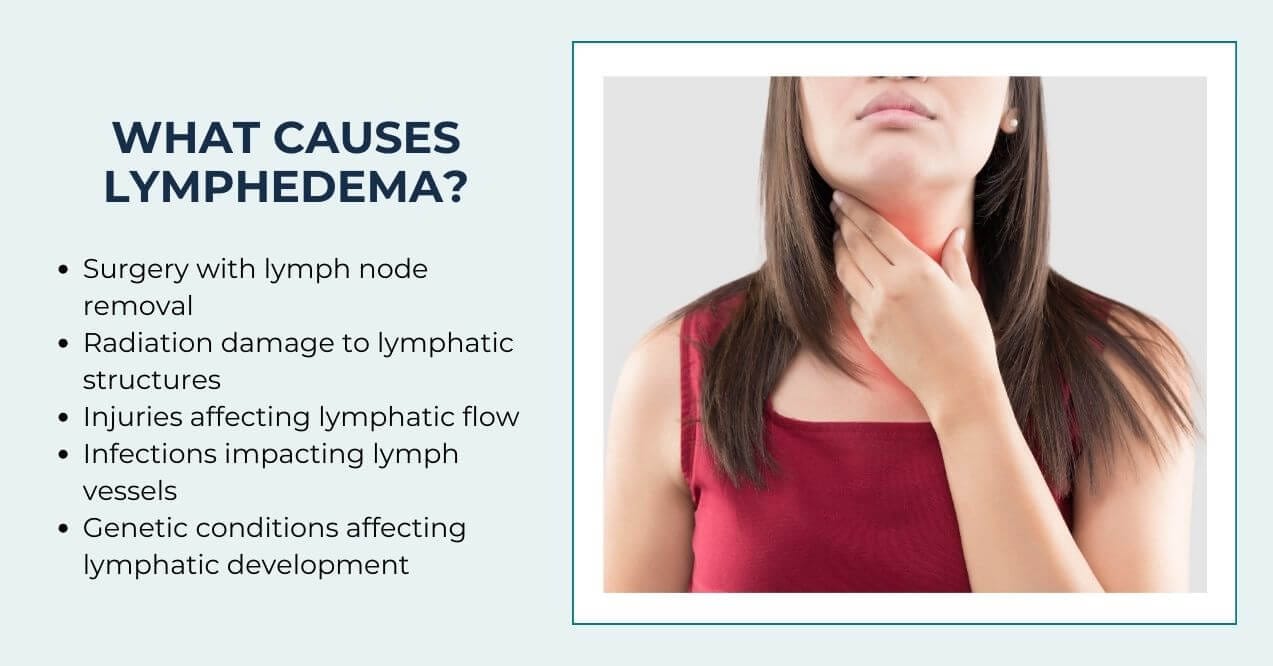
Several factors can contribute to lymphedema, including:
- Surgery involving lymph node removal
- Radiation treatments that damage lymphatic structures
- Injuries affecting lymphatic flow
- Infections that impact lymph vessels
- Genetic conditions affecting lymphatic development
Key Symptoms to Watch For
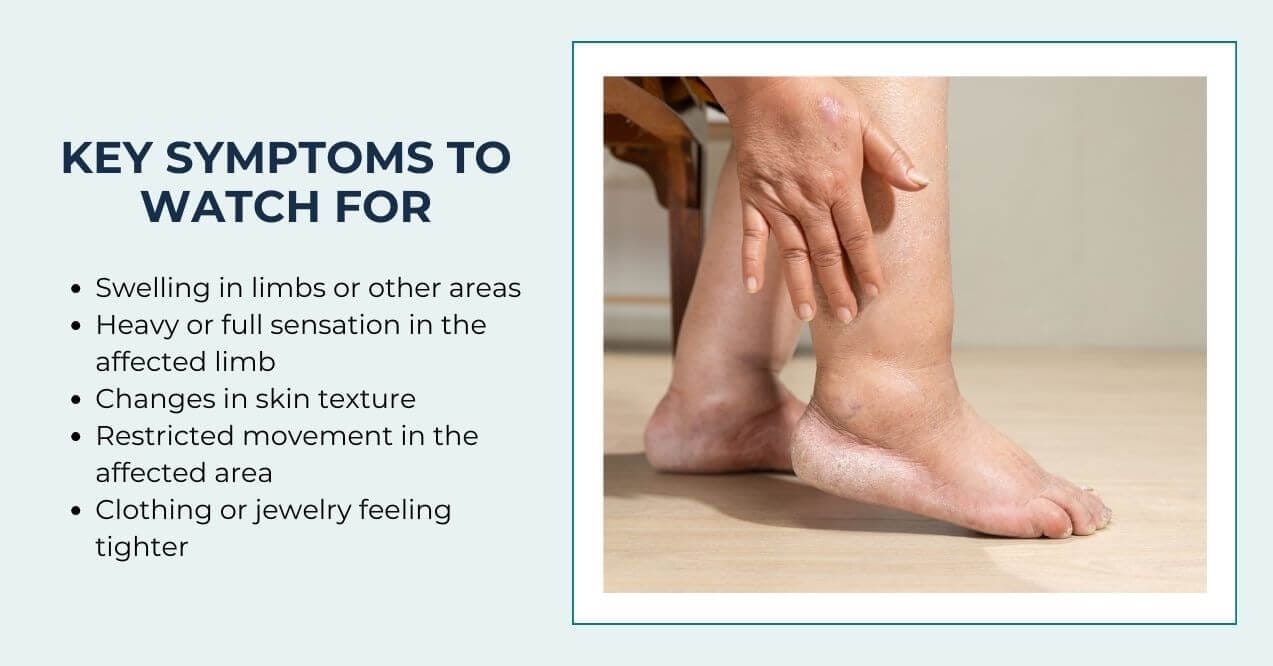
- Swelling in the arms, legs, or other areas
- A heavy or full sensation in the affected limb
- Changes in skin texture, such as firmness or thickness
- Restricted movement in the affected area
- Clothing or jewelry feeling tighter than usual
Lymphedema self-care tips become most effective when you understand your body’s unique signals and challenges. By recognizing early signs and developing a personalized care strategy, you transform this condition from an overwhelming diagnosis into a manageable aspect of your health journey.
What is Lymphedema “Self-Care”?
Lymphedema self-care therapy at home encompasses daily practices that help manage symptoms and maintain your independence. These techniques work alongside professional medical guidance to support your overall care plan.
Self-care practices focus on reducing fluid buildup, maintaining skin health, and supporting your body’s natural lymph flow. By incorporating these methods into your daily routine, you can actively participate in your care journey.
Home remedies for lymphedema may not offer a complete solution, but when combined with proper medical oversight, they can significantly improve your daily comfort. Working closely with healthcare professionals ensures your self-care routine aligns with your specific needs.
Five Lymphedema Self-Care Techniques
Managing lymphedema effectively requires a diverse approach. Many people find success by learning how to clean their lymphatic system through targeted lifestyle modifications and comprehensive self-care routines. This holistic strategy involves understanding the lymphatic system’s unique needs and implementing practices that support its natural cleansing and drainage processes.
1. Compression Therapy
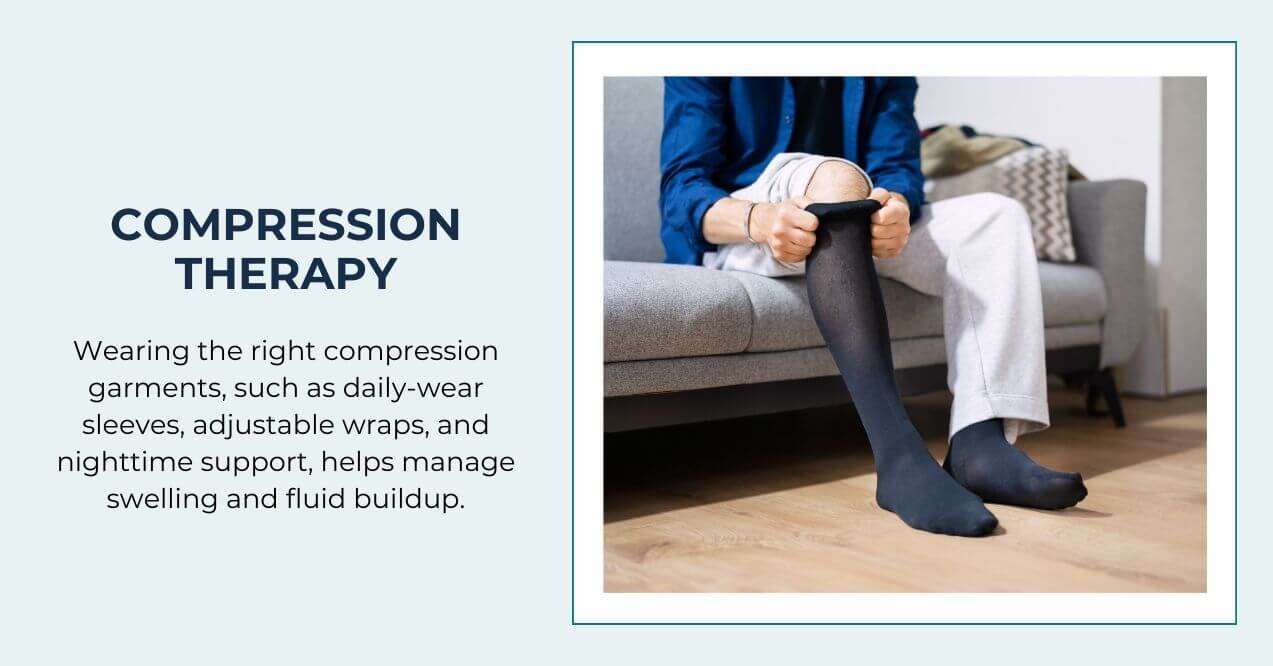
Compression therapy is one of the most important parts of of lymphedema self-care. The right compression garments can make a notable difference in managing fluid buildup and maintaining comfort throughout your day. Here’re a few types of compression options you can choose from:
- Daily-wear sleeves and stockings (custom fit)
- Adjustable wraps
- Nighttime support garments
- Multi-layer bandages (for specific needs)
For optimal results, put on your compression garments first thing in the morning before swelling increases. Keep multiple garments on hand so you can rotate them regularly, maintaining their effectiveness through proper washing and care.
2. Skin Care and Hygiene
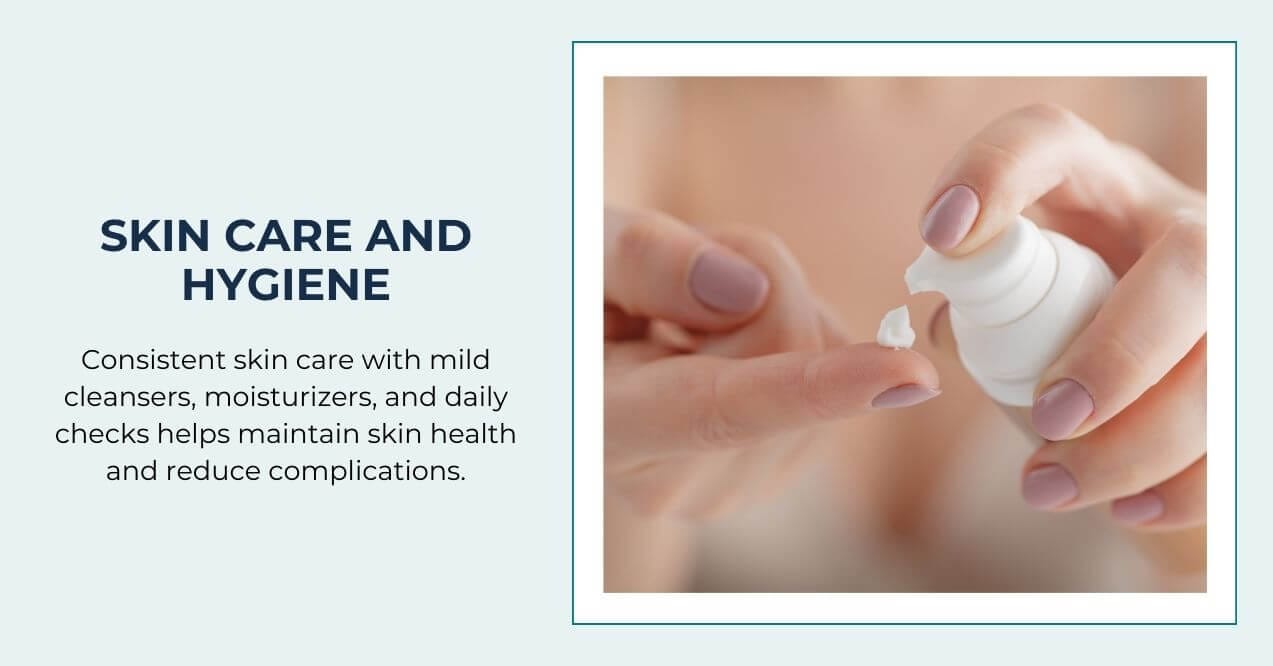
Maintaining healthy skin plays a vital role in lymphedema therapy at home. A consistent skincare routine helps protect against complications and supports overall skin health. Take a look at the below listed daily skin care tips for best results:
- Use mild, fragrance-free cleansers
- Apply moisturizer while skin remains slightly damp
- Keep the affected area clean and dry
- Check daily for any skin changes
- Trim nails carefully and regularly
Some extra precautions you should be aware of:
- Use electric razors instead of manual ones
- Wear protective gloves during household tasks
- Apply broad-spectrum sunscreen when outdoors
- Keep insect repellent handy during outdoor activities
Consistent and attentive skin care is a critical component of managing lymphedema at home. By following these daily practices and protective measures, individuals can significantly reduce the risk of skin complications, maintain skin integrity, and support their overall lymphedema treatment plan.
3. Physical Activity and Movement
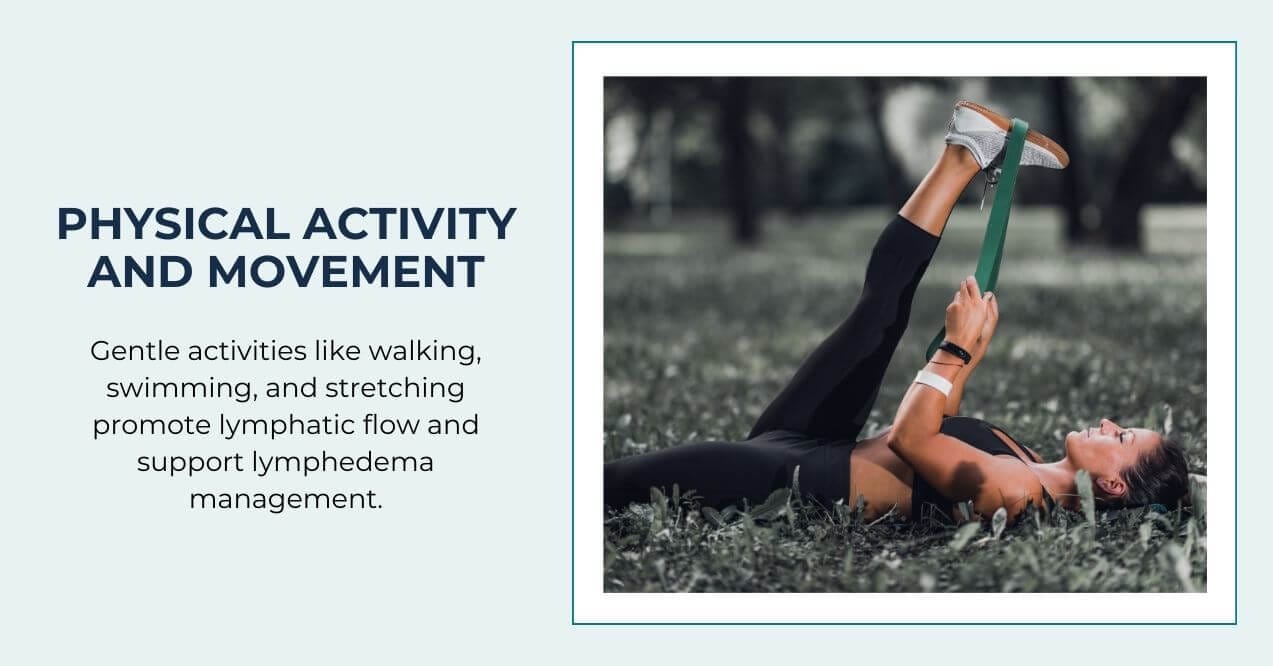
Regular movement supports lymphatic flow. The key lies in finding activities that feel comfortable and sustainable for your lifestyle. Here’re a few ideas of physical activities that can help with lymphedema:
- Gentle walking
- Swimming
- Stretching
- Light resistance training
- Chair-based exercises
Start slowly with any new activity and gradually increase duration as your comfort allows. Pay attention to how your body responds and adjust accordingly.
4. Manual Lymphatic Drainage (MLD)
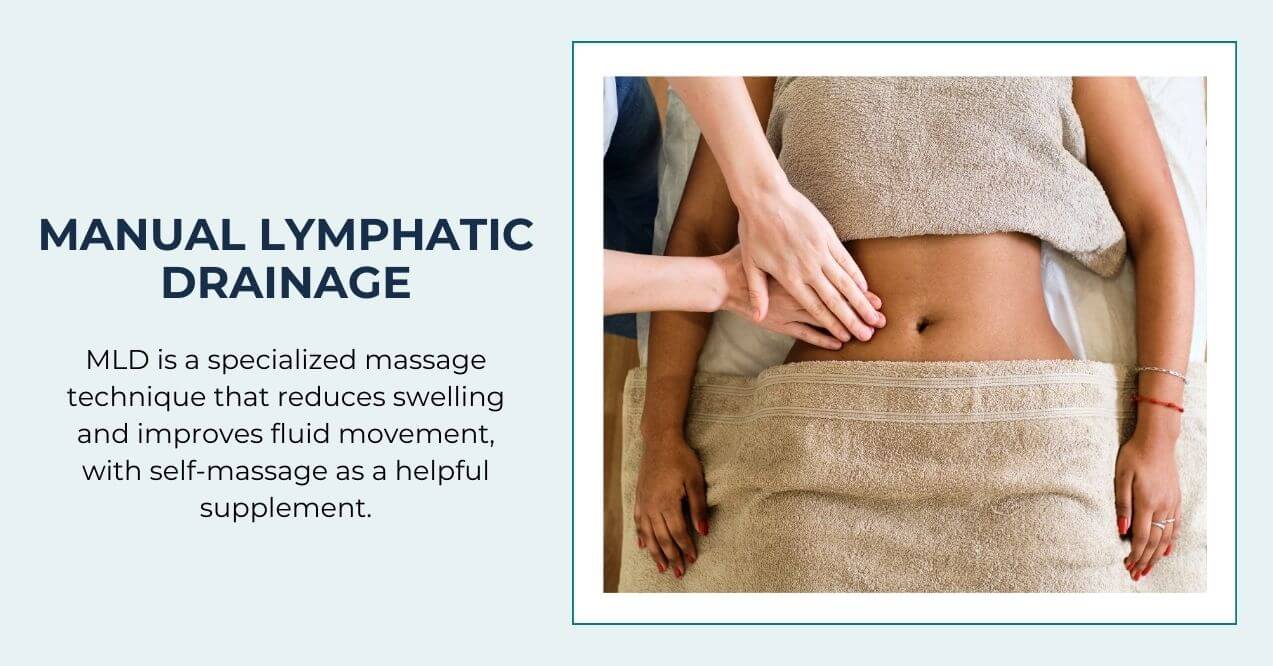
Manual Lymphatic Drainage (MLD) represents a specialized massage technique that helps move fluid through your lymphatic system. While complex MLD requires professional training, simple self-massage techniques can supplement your care routine. Benefits of professional MLD include:
- Reduces swelling
- Softens tissue
- Improves fluid movement
- Provides comfort and relief
A qualified therapist can teach you basic self-massage techniques to perform at home. These gentle movements, when done regularly, can support your overall care plan. To enhance your at-home practice, using a lymphatic drainage map can help you follow the correct direction of flow and target key areas for optimal results.
5. Elevation and Positioning
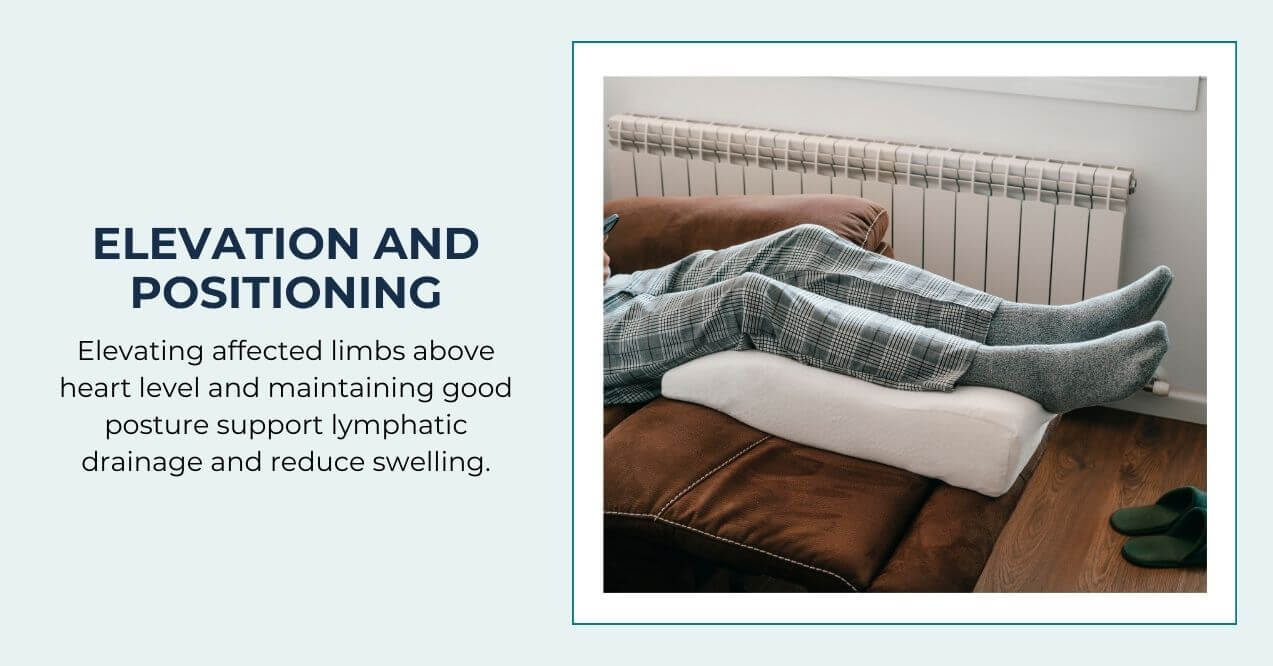
Proper positioning throughout the day may help to support lymphatic drainage naturally. Strategic elevation of affected areas can make a significant difference in managing swelling. Here’re a few effective positioning tactics you can try:
- Elevate affected limbs above heart level when resting
- Use supportive pillows
- Change position during long periods of sitting
- Maintain good posture
Additional nighttime positioning tips:
- Arrange pillows for comfortable elevation
- Make sure compression garments fit well for nighttime
- Create a comfortable sleep environment
Additional Tools for Lymphedema Relief
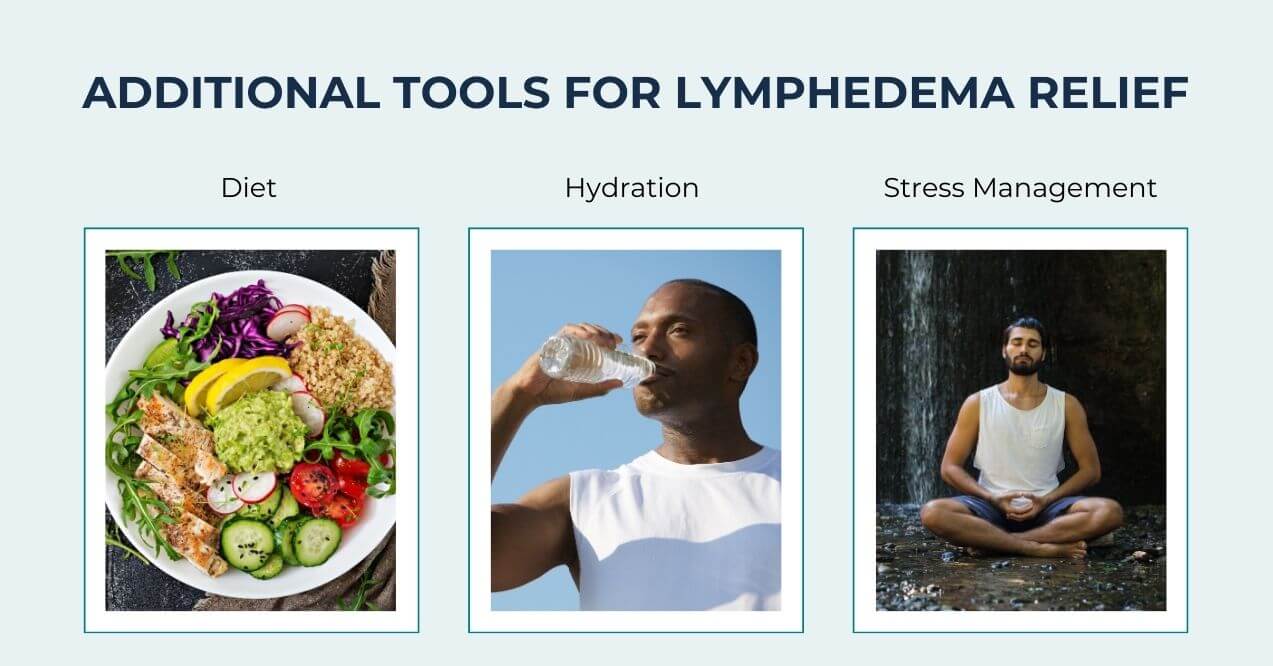
While core self-care practices form the foundation of lymphedema management, several additional approaches can support your wellness journey. These complementary strategies work alongside your primary care routine to enhance overall results.
Diet
What you eat can influence how you feel. A thoughtful approach to nutrition supports your lymphedema self-care routine and overall health. The foundation of a beneficial diet starts with whole, unprocessed foods that provide essential nutrients without excess sodium or artificial additives.
Colorful fruits and vegetables offer natural compounds that support overall health. When planning your meals, aim to fill most of your plate with these nutrient-rich options. Complement these choices with lean proteins, which provide building blocks for tissue health without adding unnecessary saturated fats.
For optimal results, be aware of which foods may negatively impact your lymphatic system – certain processed and inflammatory foods may affect lymphatic flow. Learn more about the worst foods for lymphatic system health to make informed dietary choices.
Limiting sodium becomes particularly important, as excess salt can influence fluid retention. Instead of salt, experiment with herbs and spices to add flavor to your meals. Natural lymphatic system supplements may complement your dietary choices, providing targeted nutritional support for lymphatic health.

Hydration
Proper fluid intake plays a key role in supporting lymphatic flow. Starting each day with a glass of water sets a positive tone for daily hydration. Throughout the day, keep water readily available and choose it over sugary beverages, which can work against your health goals.
Your hydration needs may vary based on several factors, including activity level, weather conditions, and overall health status. Pay attention to your body’s signals and adjust your fluid intake accordingly. Many people find it helpful to keep a water bottle nearby as a visual reminder to maintain consistent hydration throughout the day.
Stress Management
Managing stress contributes to your overall well-being and might influence how you feel physically. A balanced approach to stress management often combines several elements that work together to promote relaxation and emotional balance.
Simple breathing exercises can serve as an immediate tool for managing stressful moments. These can be paired with gentle stretching routines, which help release physical tension while promoting mental calm. Spending time in nature offers another powerful way to reduce stress – whether it’s tending to a small garden, sitting in a park, or taking a quiet walk.
Finding peaceful activities that resonate with your interests makes stress management more enjoyable and sustainable. This might involve reading, listening to music, engaging in a hobby, or simply taking regular rest periods throughout your day.
Consider incorporating a gentle lymphatic system cleanse into your wellness routine, working with your healthcare provider to find the right approach for your needs.
Signs That Indicate You Need Medical Attention
While home remedies for lymphedema offer significant benefits, certain situations require professional medical care. Stay alert to these warning signs:
- Sudden increases in swelling
- Skin feeling unusually warm
- Changes in skin color or texture
- New pain in affected areas
- Difficulty moving affected limbs
- Feelings of tightness or heaviness
- Signs of skin breaks or wounds
- Temperature above normal
- General feelings of being unwell
Contact your healthcare provider promptly if you notice any of these changes. Early intervention often leads to better outcomes.
Final Takeaways
While seeking a lymphedema cure naturally remains a common goal, focusing on practical self-care offers the most reliable path forward. Your daily choices and actions make a real difference in managing this condition.
Building these practices into your daily life creates a strong foundation for managing lymphedema effectively. While each person’s experience differs, these core strategies provide reliable support for your wellness journey.
Take pride in each step you take toward better self-care. Your efforts matter, and steady progress often brings meaningful improvements to daily life with lymphedema.
Gentle self-massage, proper limb elevation, and staying active help manage lymphedema at home. Regular skin care, proper hydration, and wearing compression garments as directed form the foundation of effective home-based lymphedema care.
Water supports overall fluid balance. Aim to drink water throughout the day. Green tea and lemon water make good alternatives to sugary drinks, while limiting alcohol and caffeine helps maintain proper hydration.
Foods high in sodium can affect fluid balance. Processed foods, excessive salt, and refined sugars may influence swelling. Focus on whole foods and fresh produce while limiting packaged snacks and salty seasonings.
Lymphedema requires ongoing management rather than offering a complete cure. However, consistent self-care practices and proper treatment can effectively control symptoms and help maintain comfort in daily activities.
Put on clean compression garments first thing each morning and wear them during daytime activities. Remove them at night unless specifically directed otherwise by your care provider. Replace garments when they lose elasticity.
Changes in skin texture, mobility limitations, and difficulty with daily activities can develop. Regular self-care and proper management help minimize these concerns and support maintaining an active lifestyle.
Sign up for our Healthy Living newsletter!
Advertisement. This site offers health, wellness, fitness and nutritional information and is designed for educational purposes only. You should not rely on this information as a substitute for, nor does it replace, professional medical advice, diagnosis, or treatment. If you have any concerns or questions about your health, you should always consult with a physician or other health-care professional. Do not disregard, avoid or delay obtaining medical or health related advice from your health-care professional because of something you may have read on this site. The use of any information provided on this site is solely at your own risk.
